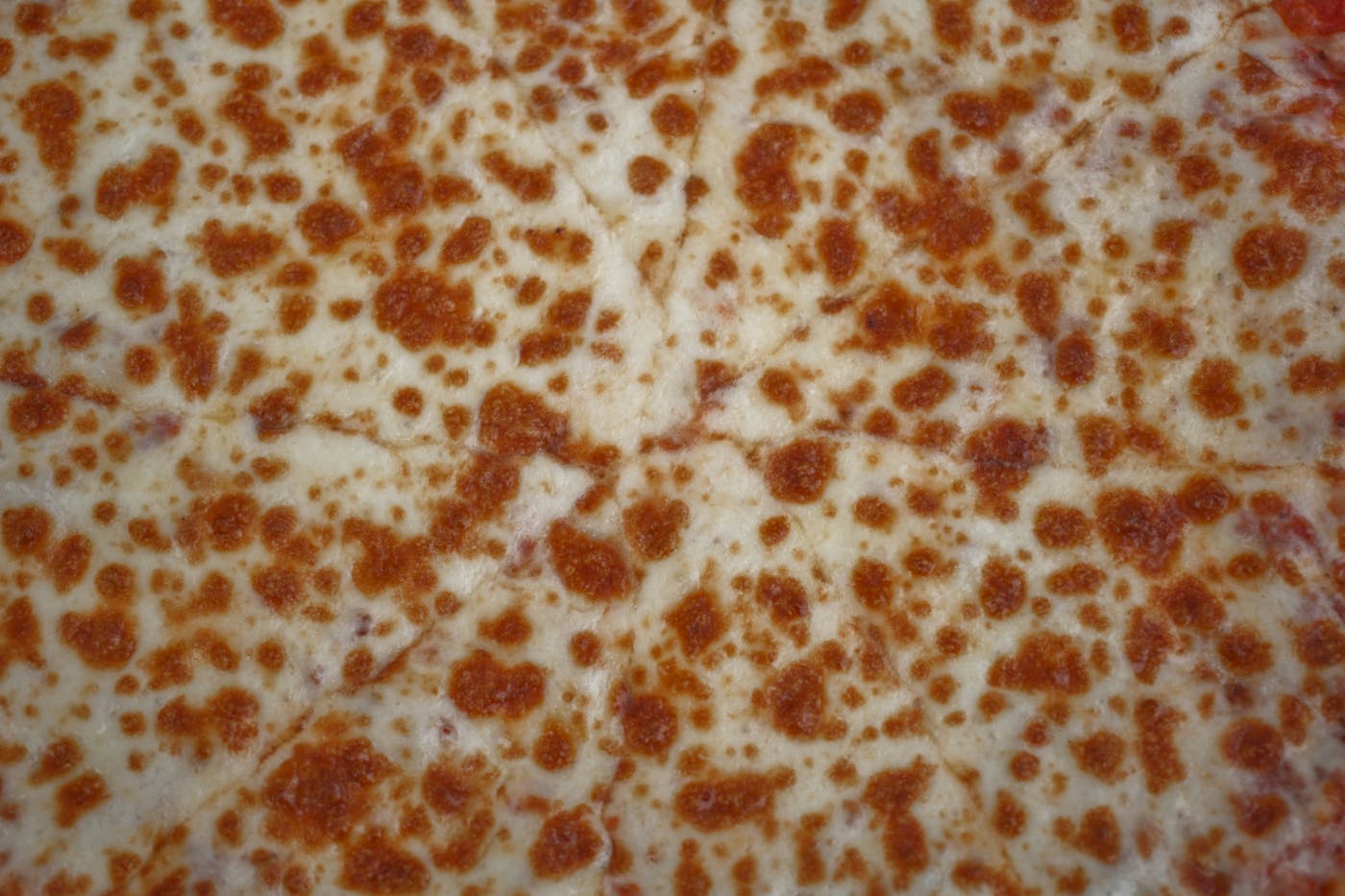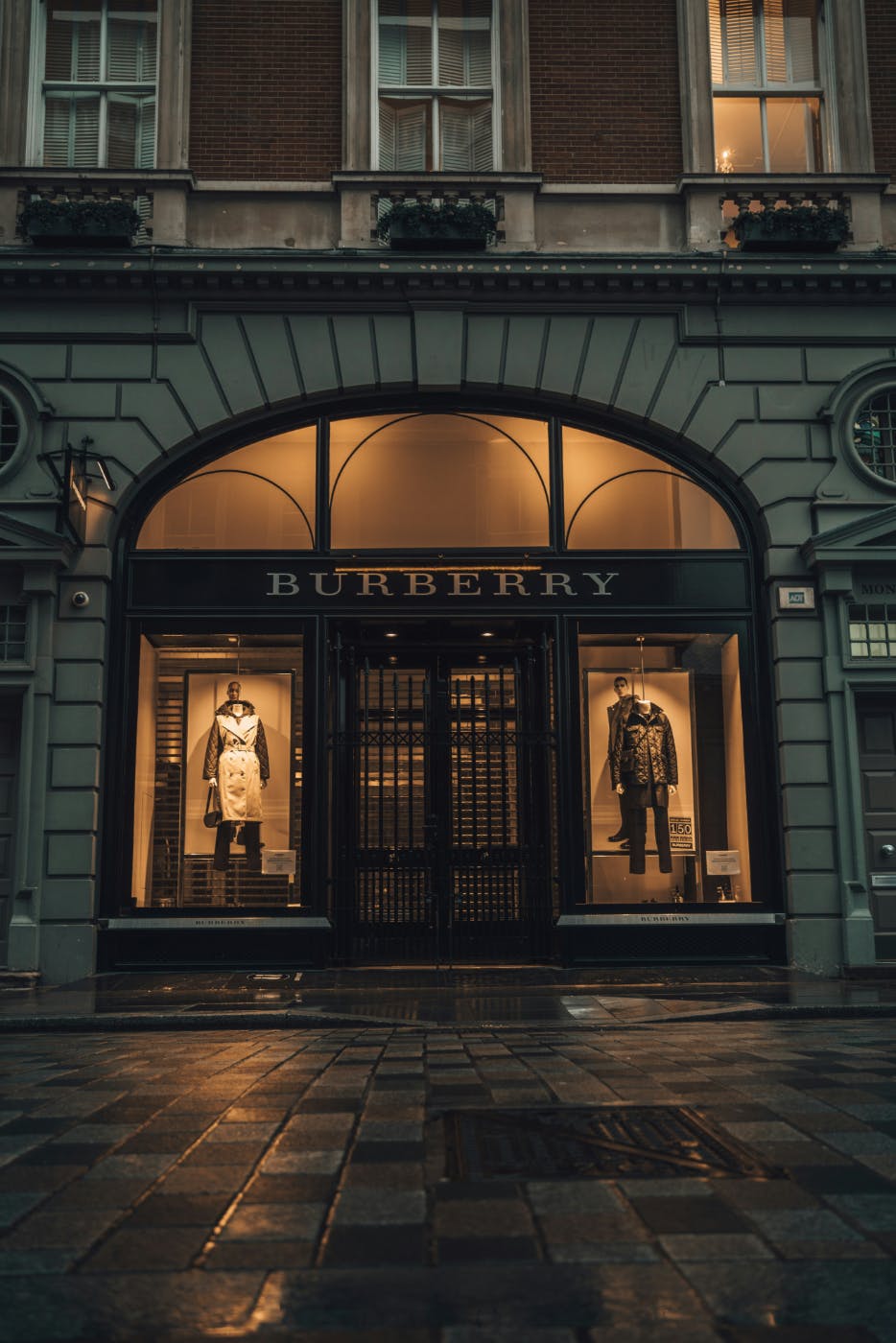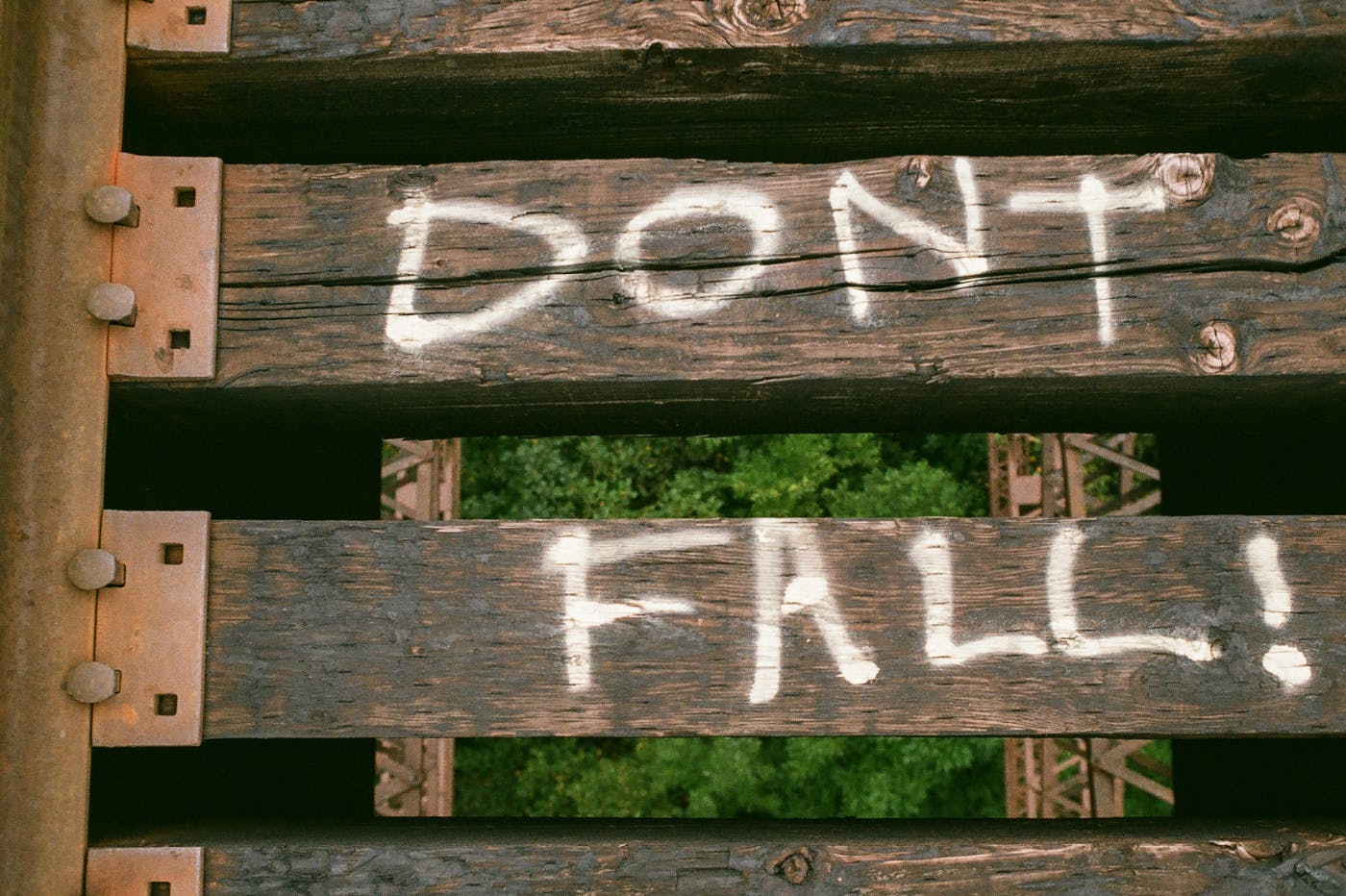

Every brand drags a past behind it. Some keep it polished — a clean reputation, a steady climb, no broken promises, no headlines that sting. Others? They’ve got skeletons rattling so loud you can hear them across the street.
There’s a bar at the edge of never where brands go to drink and forget the mistakes of their past. They hide in the shadows, sip strong drinks, and mutter things like: “I was top of the charts, followers on social media by the bucketful. I was the brand to beat and then…” The voice trails off. No one here speaks of the fall; the pain’s too fresh. The mistake — no matter how small — that brought them to their knees feels insurmountable. And for some, it was. That’s why they’re here, killing time with whiskey, praying for someone to notice them. Hey, weren’t you the number one floor-polishing product on the market? The brand perks up, tells its tale, hoping the stranger’s generous with curiosity and maybe a drink, fascinated by the ghost of a name that once mattered.
There are all kinds in this joint. Brands in a slump who know they’ll claw their way back. Brands that crossed a line, lost it all, and can’t find the road home. Brands with messy, dark, error-filled pasts who’ve resigned themselves to the shadows. Once you’ve fallen as far as some of them, the climb back looks like a fool’s errand — and many don’t bother trying.
The Bar of Bad Brands is more crowded than you’d think. In business, the fall from grace is fast, and the whiskey flows steadily. There’s never a shortage of customers eager to talk about their glory days, their slow tumble down to nowhere. It’s not a pretty story. But if you’re a brand — established or up-and-coming — it’s a story worth hearing. Because some of these brands don’t just fade away. Some sharpen their edges, play the long game, and come back stronger. That’s when the rebrand stops being survival and starts feeling like revenge.
Why Brands Need Revenge
Every brand drags a past behind it. Some keep it polished — a clean reputation, a steady climb, no broken promises, no headlines that sting. Others? They’ve got skeletons rattling so loud you can hear them across the street. A flop of a product. A scandal that turned into a late-night punchline. A reputation that curdled faster than cream left out under a buzzing neon light. Once that stench sets in, it sticks.
That’s where revenge comes in. Not the quiet kind — not a subtle change in shade or a tweak to the logo. That’s kid stuff. Revenge rebrands are loud, deliberate, and a little dangerous. They don’t tiptoe away from the past; they stare it down. They say: Yeah, we blew it. But we’re not dead yet. And if you think we are, watch closely.
The psychology of it is simple enough. Consumers are quick to judge and quicker to remember. They hold grudges like old barkeeps polishing the same glass for years. A bad slice of pizza, a deodorant that smelled like regret, a luxury label that slipped into the wrong crowd — people don’t forget. But here’s the twist: those same people love a comeback. They love a redemption arc. They love when the washed-up boxer gets back in the ring and wins one more fight. Brands know it. That’s why revenge works.
A revenge rebrand isn’t about hiding; it’s about flipping the script. The failure becomes the headline. The mistake becomes the proof. We heard you. We fixed it. We’re better now. And sometimes they go further — turning shame into strength, making the old flaw part of the legend.
Why does it matter? Because in a market that never sleeps, fading quietly isn’t an option. The streets are crowded. New players show up every day, hungry, ready to take your place. If you want to stick around, you don’t just dust yourself off — you make a scene. You grab the spotlight and prove you’ve still got teeth.
That’s the allure of revenge. It’s survival with swagger. It’s not just coming back; it’s coming back in a way no one can ignore. And when it works, it’s unforgettable.

Case File #1: Domino’s Pizza
Domino’s wasn’t just down on its luck — it was the butt of the joke. The pies were cardboard, the sauce tasted like regret, and the cheese? Let’s just say it had all the charm of synthetic rubber. The complaints piled up, not whispered in smoky corners, but shouted on national TV, lit up on social media, scrawled across the walls of the internet like graffiti: Domino’s pizza sucks.
Most brands in that position crawl into the shadows and wait for the storm to pass. Not Domino’s. They turned on the harsh light, dragged their own reputation into the middle of the room, and confessed. In 2009, the company launched its now-famous “Pizza Turnaround” campaign. They didn’t deny the whispers; they amplified them. Customers saw Domino’s executives reading brutal reviews out loud, nodding grimly, admitting that the critics were right. It was corporate self-flagellation on prime-time television. Bold. Dangerous. Maybe even crazy.
But here’s the thing about revenge: it only works if you follow through. Domino’s didn’t just buy new ads — they rebuilt their entire recipe from the ground up. New crust, new sauce, new cheese. They tore out the foundation and poured a new one. And then they invited the public to taste the difference, daring skeptics to try again.
It worked. Sales surged, reputation rebounded, and Domino’s pulled off one of the most dramatic turnarounds in fast-food history. They went from late-night punchline to industry leader, proving that sometimes the best revenge is brutal honesty paired with real change.
Domino’s didn’t just rebrand. They confessed, they corrected, and they came back swinging. In the smoky ledger of revenge rebrands, their case is Exhibit A.
Case File #2: Old Spice
Once upon a time, Old Spice was your grandfather’s aftershave. The bottle sat on the bathroom shelf like a relic — dusty, dated, smelling like the kind of man who wore suspenders without irony. For decades, Old Spice carried the scent of irrelevance. Safe. Stale. Forgotten.
Then came 2010. Instead of fading quietly into the shadows, Old Spice pulled a trick worthy of a con artist in a tailored suit. They didn’t just change the logo or slap a new tagline on the bottle. They detonated the brand and rebuilt it with a wink.
Enter Isaiah Mustafa. Shirtless, charming, absurd. Standing in showers, riding horses, tossing diamonds, and speaking directly to the viewer in a voice smooth enough to sell sin. “The Man Your Man Could Smell Like” wasn’t just a commercial — it was a cultural event. Surreal humor, rapid-fire cuts, and a self-aware tone that made the brand feel young, bold, and untouchable.
But the genius wasn’t just in the ad. Old Spice doubled down. They responded to fans on YouTube with personalized videos, turning a single campaign into an interactive spectacle. The internet laughed, shared, and suddenly, Old Spice wasn’t your grandfather’s cologne anymore. It was the scent of irony, of viral cleverness, of knowing exactly how to laugh at itself and win.
The revenge? Old Spice weaponized humor. They mocked their own reputation before anyone else could. They leaned into absurdity so hard that irrelevance became impossible. And sales followed — the brand clawed its way back from the bargain bin to the cultural spotlight, all by not taking itself too seriously.
In the smoky backroom of fallen brands, Old Spice didn’t just buy a drink — it bought the whole bar a round, cracked a joke, and walked out smelling like victory.

Case File #3: Burberry
Burberry wasn’t always the catwalk darling it pretends to be now. Back in the early 2000s, the brand’s iconic check — once a symbol of refined British luxury — was everywhere, and not in a good way. Knockoffs flooded the streets. Football hooligans and tabloid troublemakers wore it like a uniform. The pattern that once whispered prestige now shouted cheap, loud, and low-class. Burberry had become a parody of itself.
For a luxury house, that’s a death sentence. When your logo becomes shorthand for counterfeit culture, the brand equity you’ve built over a century starts bleeding out fast. Burberry was a punchline, its heritage buried under a mountain of bad press and bad imitations.
But here’s where the revenge came in. The company decided to fight back, not by running away from its history, but by reclaiming it. They hired Christopher Bailey as creative director and Angela Ahrendts as CEO, a duo with the guts to scrub the mud off the brand and remind the world of what it used to stand for. Out went the oversaturated check — limited, controlled, reined in. In came a new emphasis on British craftsmanship, heritage storytelling, and high-fashion credibility. The message was clear: Burberry wasn’t for everyone anymore. It was luxury, and you had to earn your way back in.
They leaned into digital early, too — live-streaming runway shows, experimenting with social media before most luxury players dared. Suddenly, Burberry wasn’t just back in the game; it was leading the pack. Sales climbed, prestige returned, and the brand’s check pattern was no longer a joke — it was once again a ticket to the inner circle.
Burberry’s revenge was discipline. A long, patient, calculated strategy to pull its reputation out of the gutter and back onto the runway. In the ledger of rebrands, it’s proof that sometimes the boldest move is to tighten the reins and remind the world of your roots.
Quick Mention: Harley-Davidson
Not every revenge rebrand comes wrapped in slick campaigns. Some are forged in grit and gasoline. Harley-Davidson hit the skids in the early 1980s — Japanese bikes were cheaper, faster, and more reliable. Harley’s reputation was rusting out. But instead of rolling quietly into the scrapyard, they doubled down on what made them iconic. They leaned hard into American heritage, outlaw culture, and the roar of the open road.
It wasn’t subtle. It wasn’t polished. But it worked. Harley rebranded itself not as a motorcycle company, but as a lifestyle. Leather, chrome, freedom. Suddenly, riding a Harley wasn’t about specs on a sheet — it was about being part of a tribe. They clawed their way back by owning the myth, not the machine.

Case File #4: Crocs
Crocs were a crime against fashion — or so the jury of public opinion ruled. Foam clogs with holes punched through them, chunky and unapologetic, they became the ugly punchline of the 2000s. Sure, chefs loved them. Gardeners swore by them. But outside of kitchens and backyards? Wearing Crocs was social suicide. The brand was mocked, memed, and dismissed as a fad that should’ve stayed in the clearance bin.
But Crocs didn’t slink into the shadows. They bided their time. And when the moment was right, they played a hand no one saw coming. Instead of running from the ridicule, Crocs leaned into it. They made the ugliness their calling card. They teamed up with high-fashion houses like Balenciaga, dropped collaborations with streetwear kings and pop stars, and turned those rubber clogs into cult objects. Suddenly, the same shoe that had been the butt of every joke was walking down runways, flashing across Instagram feeds, and selling out in hours.
The genius move? Crocs embraced absurdity as brand strategy. They didn’t try to convince you the shoes were sleek or stylish. They told you they were comfortable, practical, and — if you had the guts — a statement. The joke became the flex. What once screamed “fashion mistake” now whispered “fashion risk-taker.”
Sales skyrocketed. Cultural cachet followed. And Crocs proved that sometimes, revenge doesn’t mean fixing your flaws. Sometimes it means owning them so loudly that the world has no choice but to look twice.
In the smoky ledger of fallen brands, Crocs didn’t apologize. They smirked, leaned back in their rubber clogs, and laughed all the way to the bank.
Patterns of a Successful Revenge Rebrand
You spend enough nights in the Bar of Bad Brands, and you start to notice the tells. The little tricks, the survival instincts, the moves that separate the washed-up nobodies from the ones plotting a comeback. Revenge rebrands aren’t random — they follow patterns, like fingerprints left on a glass.
Radical Honesty. Domino’s didn’t sugarcoat it. They let the world hear every insult, every insult, every sneer about their “cardboard crust.” That hurt, sure. But it also set the stage for redemption. Honesty is a risky play, but in the rebrand game, sometimes admitting you were terrible is the only way to prove you’ve changed.
Humor as a Weapon. Old Spice could’ve gone stiff and serious, tried to lecture their way back into relevance. Instead, they laughed — first at themselves, then with the world. When you turn the joke into your own punchline, you steal the sting from the crowd and make them laugh along.
Flipping the Script. Crocs knew they weren’t pretty. They didn’t try to hide it. They put the ugliness on parade, turned it into a dare. What once got you mocked now got you noticed. Sometimes the only way out of the shadows is to shine a light on the very thing that put you there.
Cultural Repositioning. Burberry didn’t need to invent something new — it just needed to reclaim what was already theirs. By tightening their grip on heritage, they yanked their brand out of counterfeit purgatory and back onto the runway. It was discipline, not flash, that saved them.
And then there’s the quiet rule that holds them all together: Follow-through. A revenge rebrand isn’t just paint on the walls. It’s the plumbing, the wiring, and the foundation rebuilt. Domino’s changed its recipe. Burberry changed its distribution. Crocs changed its partnerships. Old Spice changed its audience. Without the substance, the spotlight burns out fast.
These patterns are the clues. The ones worth noticing. Because if you’re a brand in the shadows, the way back isn’t about erasing the past. It’s about choosing the right weapon — honesty, humor, heritage, or defiance — and knowing when to pull the trigger.

Risks and Pitfalls
Not every brand that stumbles out of the Bar of Bad Brands makes it back into the daylight. Some get halfway down the alley before collapsing. Others never leave their stool. The truth is, revenge rebrands carry risks — heavy ones — and plenty of companies have learned the hard way.
The Stink of Inauthenticity. Nothing kills faster than a rebrand that feels like a con. If the words are bold but the product is the same tired gruel, the crowd catches on quick. Consumers can smell a fake from across town, and once they do, they don’t forgive.
Memory is a Mean Thing. Some mistakes don’t fade. You can change your logo, swap your slogan, buy a thousand glossy ads — but if your name’s tied to poison, scandal, or betrayal, that shadow follows you. Not every story gets a redemption arc. Some crimes stick.
Overcorrection. A brand can swing too far the other way — ditching its heritage, alienating loyalists, trying so hard to prove it’s new that it forgets who it was. When that happens, you don’t just lose your old customers; you lose yourself.
All Talk, No Change. The biggest pitfall is thinking a campaign is enough. Paint over the cracks, sure, but if the walls are still crumbling, the building’s going to fall. Domino’s fixed the pizza. Burberry tightened the reins. Crocs leaned into fashion collabs. Without substance, the smoke clears, and all that’s left is another body on the floor.
Revenge is a dangerous game. Get it right and you write your name in neon lights. Get it wrong, and you vanish into the haze, just another story told over whiskey in the bar where failed brands gather.
Summing Up
Back at the bar, the smoke hangs heavy. The jukebox hums a tune nobody’s danced to in years. Around the room, fallen brands stare into their glasses, remembering when the lights once shone their way. Most will keep drinking. Most will stay shadows. But a few? A few will push back their stool, settle the tab, and step into the night with a plan. They’ll rewrite their story, turn the whispers into headlines, and make the world pay attention all over again.
That’s the power of a revenge rebrand. It’s not just survival — it’s resurrection with attitude. It’s the sound of a company refusing to die quietly, clawing its way back into relevance, and making sure the world knows it. Bold. Risky. Necessary.
At ThoughtLab, we watch these stories closely. We study the smoke, the scars, the comeback plays that worked — and the ones that didn’t. Because for every brand sitting in that bar, there’s a chance to get back up. To make the pivot that turns failure into fuel. To trade in regret for relevance.
The lesson is simple, even if the path isn’t: your past doesn’t have to define you. In the right hands, it can be the spark that lights your way forward. And if you’ve got the guts to own your flaws, laugh at yourself, and deliver something real, you might just get the sweetest revenge of all: a second act the world never saw coming.
